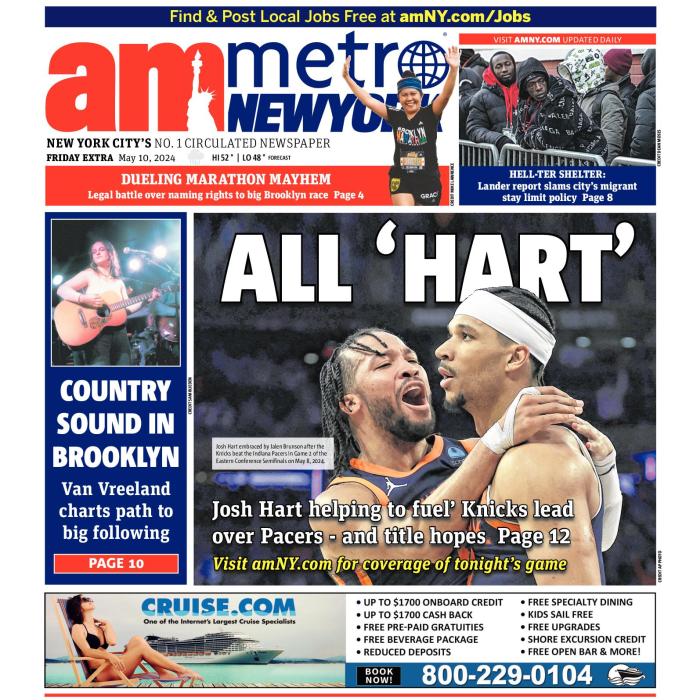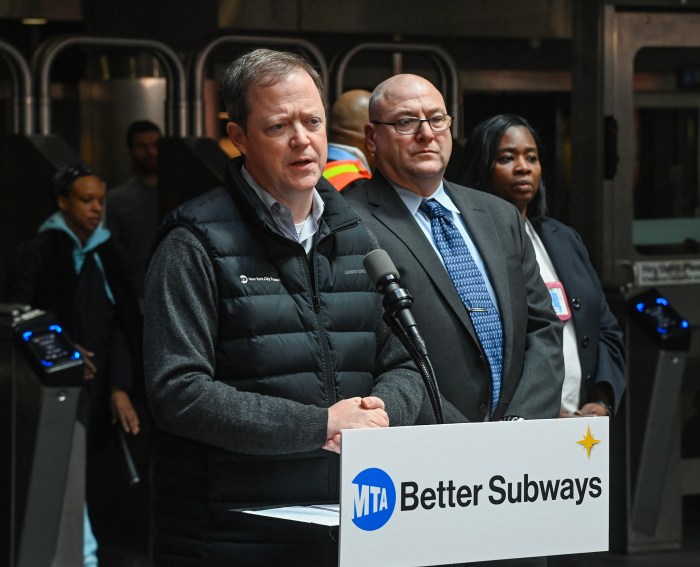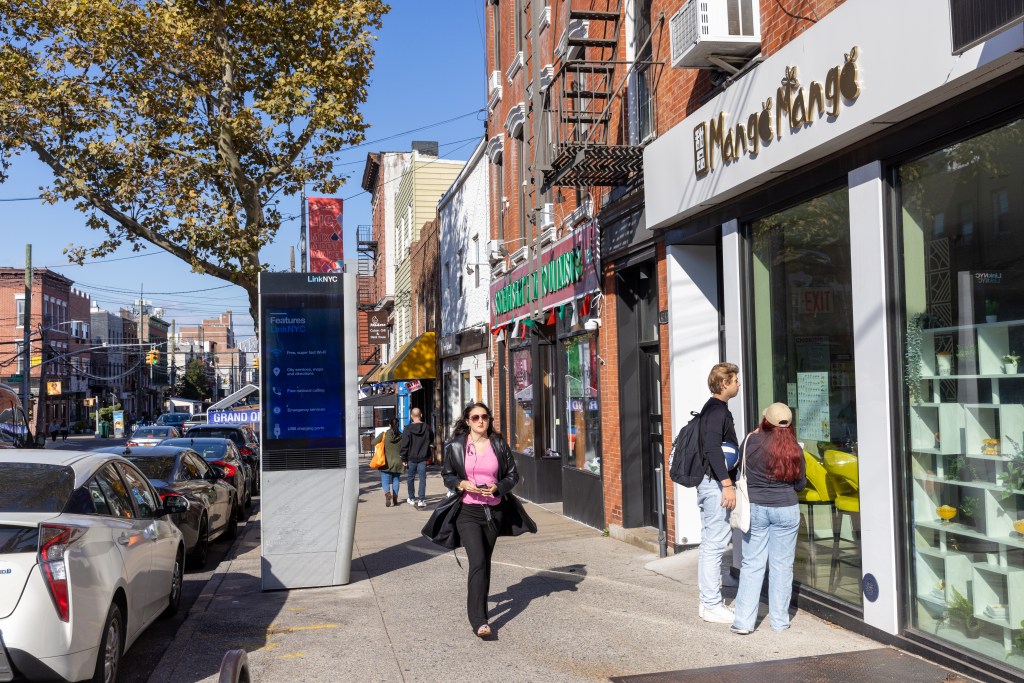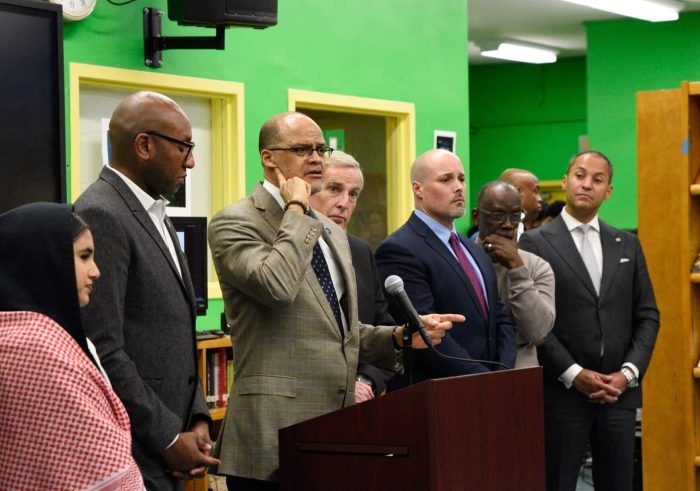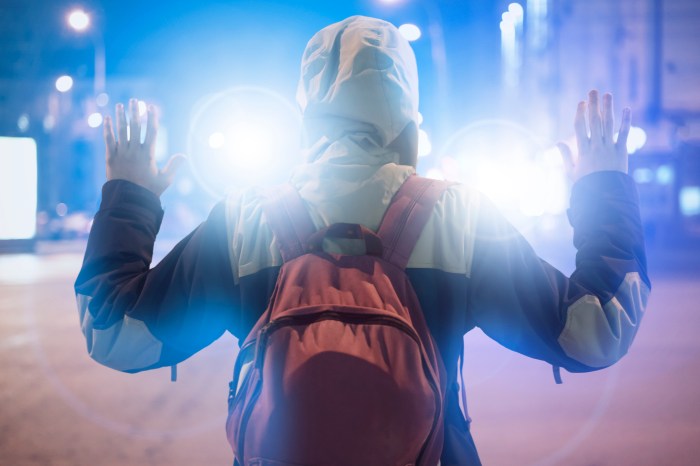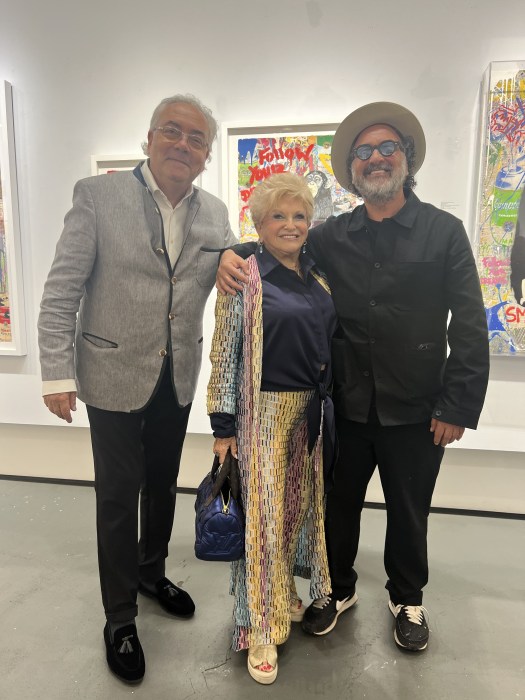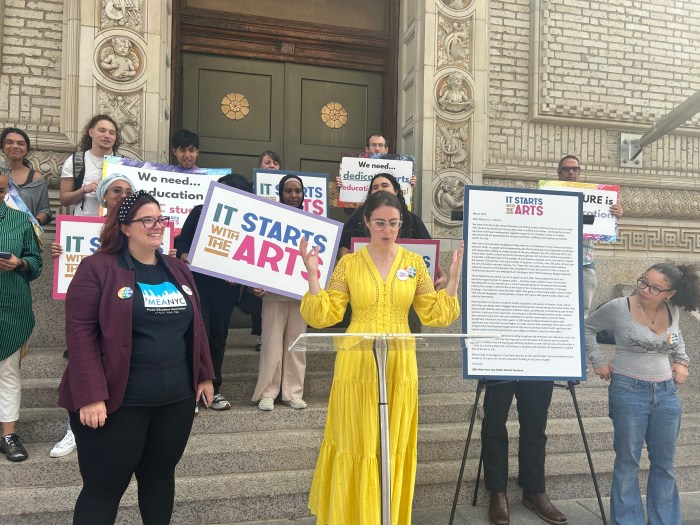The subway’s bad old days of frequent breakdowns, rare air conditioning, dirty cars and too much crime remain vivid memories to us and many of you. Albany is finally waking up to the fact that the 1970s and ’80s are in danger of returning underground.
The Metropolitan Transportation Authority is facing a $1.2 billion shortfall for next year and has no capital money. It passed a “doomsday” budget last week with a 23 percent fare hike and severe service cuts Downtown and all over the city. Richard Ravitch, the former M.T.A. chairperson who helped save the system in the ’80s, proposes to close the operating and capital budget gaps with East and Harlem River bridge tolls, a small payroll tax and a 10 percent fare hike. He and Lee Sander, the authority’s current C.E.O., are hoping Albany passes the plan to avoid the most painful cuts.
We have been longtime supporters of bridge tolls, and the Ravitch plan is undoubtedly better than doing nothing. But Mayor Bloomberg’s congestion pricing plan was significantly better because it spread the costs to more drivers and likely would have cut traffic more. The mayor’s plan failed to pass Albany earlier this year for a variety of reasons, but one was that legislators did not have the specifics on how severely their inaction would be felt by their commuting constituents. There is no reason why “doomsday” and a bad plan should be the only two options.
State Senator-elect Daniel Squadron of Downtown Manhattan and Brooklyn has come up with good alternative ideas, while pointing out the best parts of the Ravitch plan. In addition to congestion pricing, which would charge drivers to enter Manhattan’s busiest sections — including Midtown and everything south of it — during the day, Squadron wants market-rate fees for on-street parking and higher registration fees for gas guzzlers.
We agree with Squadron that Ravitch’s payroll tax is a good idea; since it is so small, one-third of 1 percent, it shouldn’t prompt job cuts. In effect, it would be paid by employees in the city and the nearby suburbs, and in some ways, it is better than the commuter tax, which is a political nonstarter anyway.
Another idea worth discussing comes from Ted Kheel, the well-respected retired labor mediator, who wants very high traffic-pricing fees to pay for lower and free transit fares depending on the time of day. Many dismiss this as fantasy, but Kathryn Wylde, who represents the city’s largest corporations, says it is easier to sell than the idea on the table.
Ravitch’s premise is that mass transit users, workers and drivers should share the burden equally. Yet, under his plan, drivers would not pay for the pollution and congestion they cause. An “equal” burden is anything but equitable, and the wealthiest suburban drivers will pay little.
Albany tried to focus on cutting traffic earlier this year and is now looking for mass transit money. The only good way to solve both problems is looking at them together.
